10 Animals That Grieve Their Loved Ones
In the natural world, where survival often takes precedence, the concept of mourning might seem out of place. Yet, as we delve deeper into the lives of animals, we discover a rich tapestry of emotions that mirror our own. Grief, a complex emotional response to loss, is not exclusive to humans. Many animals exhibit behaviors that suggest they too experience sorrow when they lose a loved one. This article explores the heartfelt mourning rituals of animals known for their grieving practices, offering a glimpse into the emotional lives of creatures we share this planet with. By attempting to understand these rituals, we not only gain insight into the animal kingdom but also reflect on the universal nature of grief.
1. Elephants
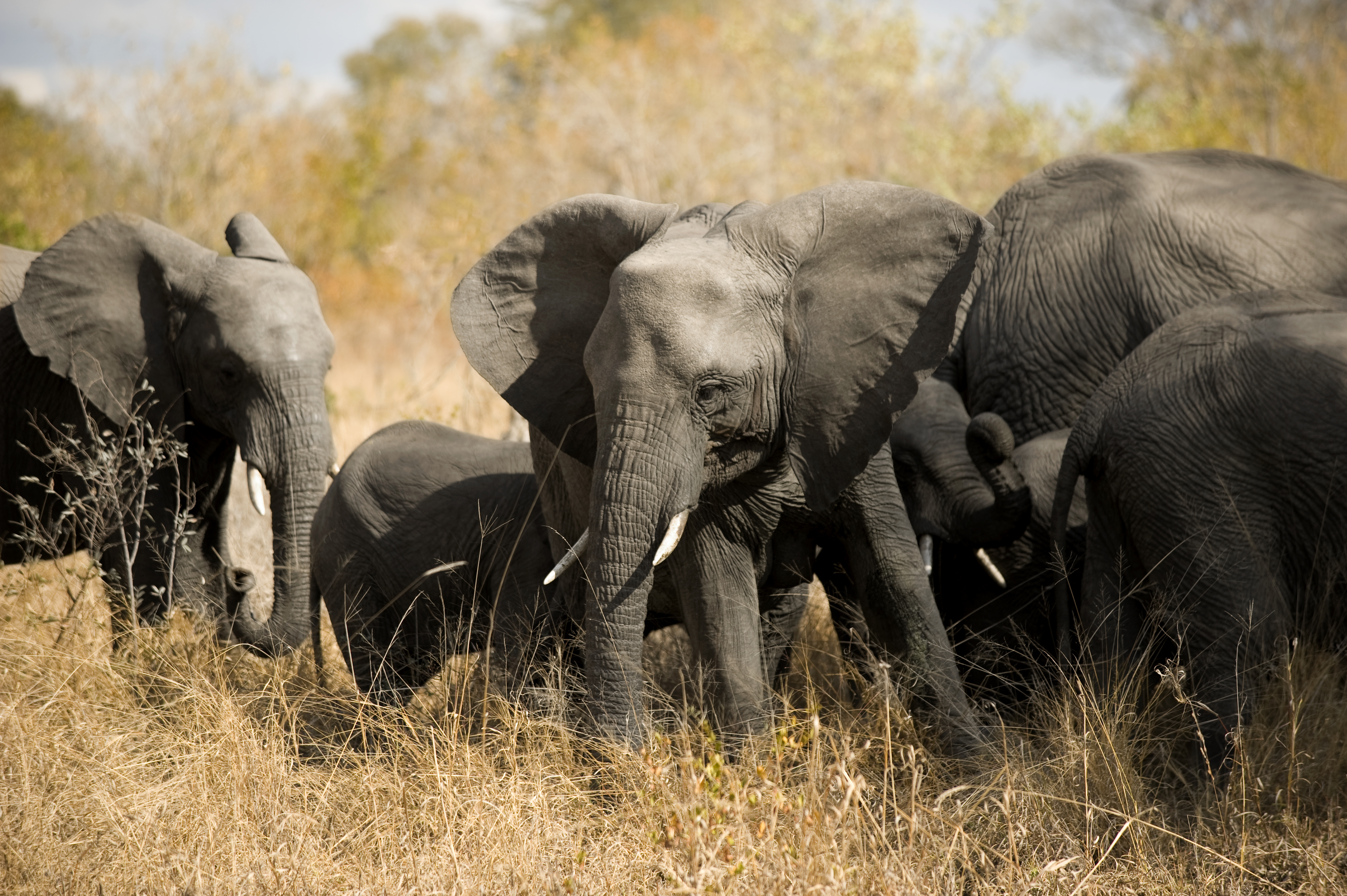
Elephants are perhaps the most renowned for their mourning rituals. When an elephant dies, the herd often gathers around the body, gently touching it with their trunks as if to say their goodbyes. This touching ritual can last for days, with elephants sometimes covering the body with leaves and dirt. Elephants have been observed revisiting the bones of their deceased—even for members outside their herd that they do not know—traveling long distances and caressing them with their trunks in a display of what seems to be reverence or remembrance. These behaviors go to show the species' capacity for empathy and the strength of their social connections, underscoring the profound impact of loss within their communities.
2. Dolphins
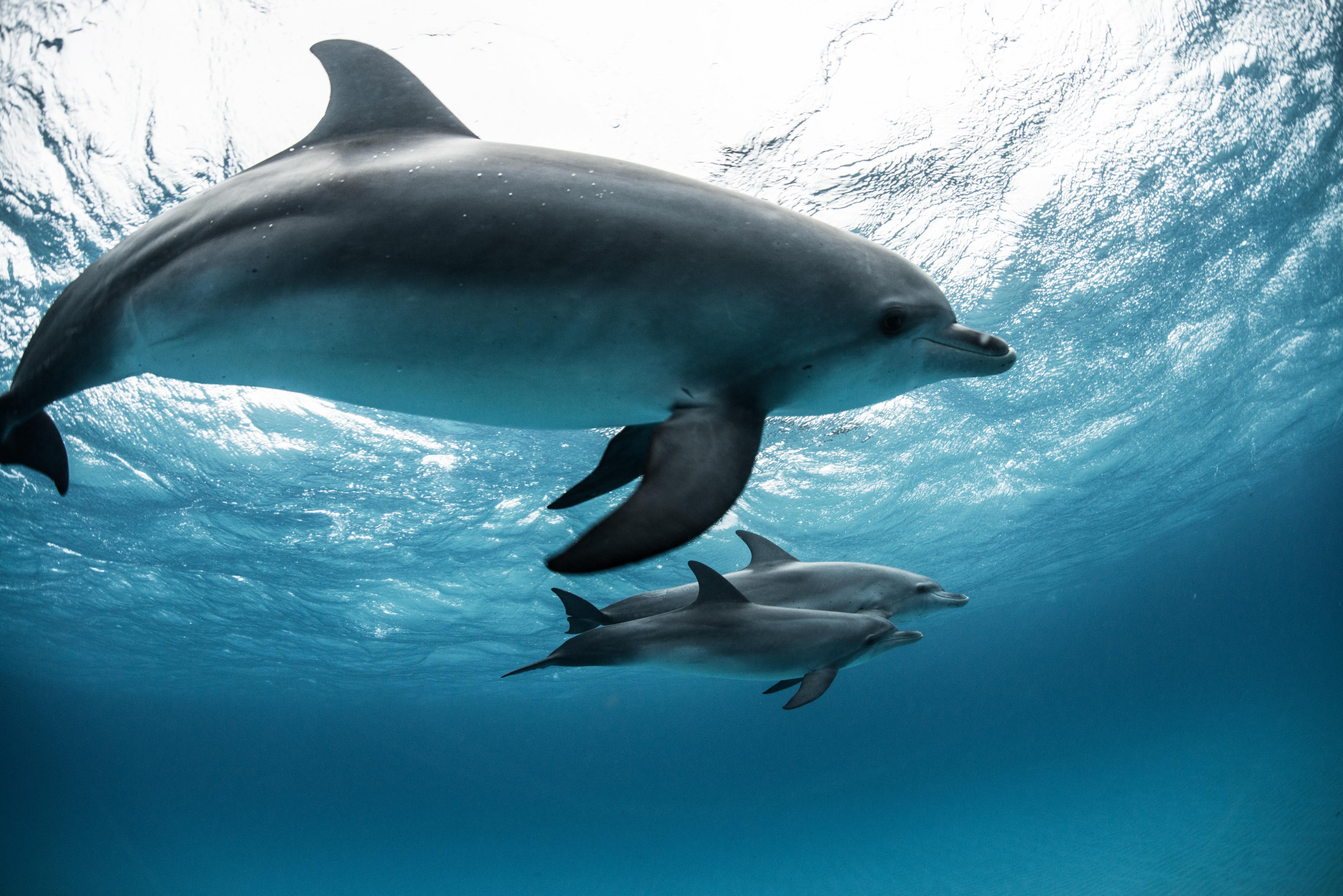
Dolphins, with their advanced cognitive abilities and complex social structures, also exhibit mourning behaviors. When a member of their pod dies, dolphins have been seen carrying the deceased on their backs, sometimes for days, as if unable to let go. This behavior is particularly observed in mothers who lose their calves. Researchers have observed this mourning behavior in Risso's dolphins, spinner dolphins and short-finned pilot whales (a type of dolphin). The pod often slows down, swimming in close formation around the grieving mother, providing support and companionship. Such displays of empathy and social cohesion suggest that dolphins, like humans, have a capacity for emotional depth and a need for communal support during times of grief.
3. Chimpanzees
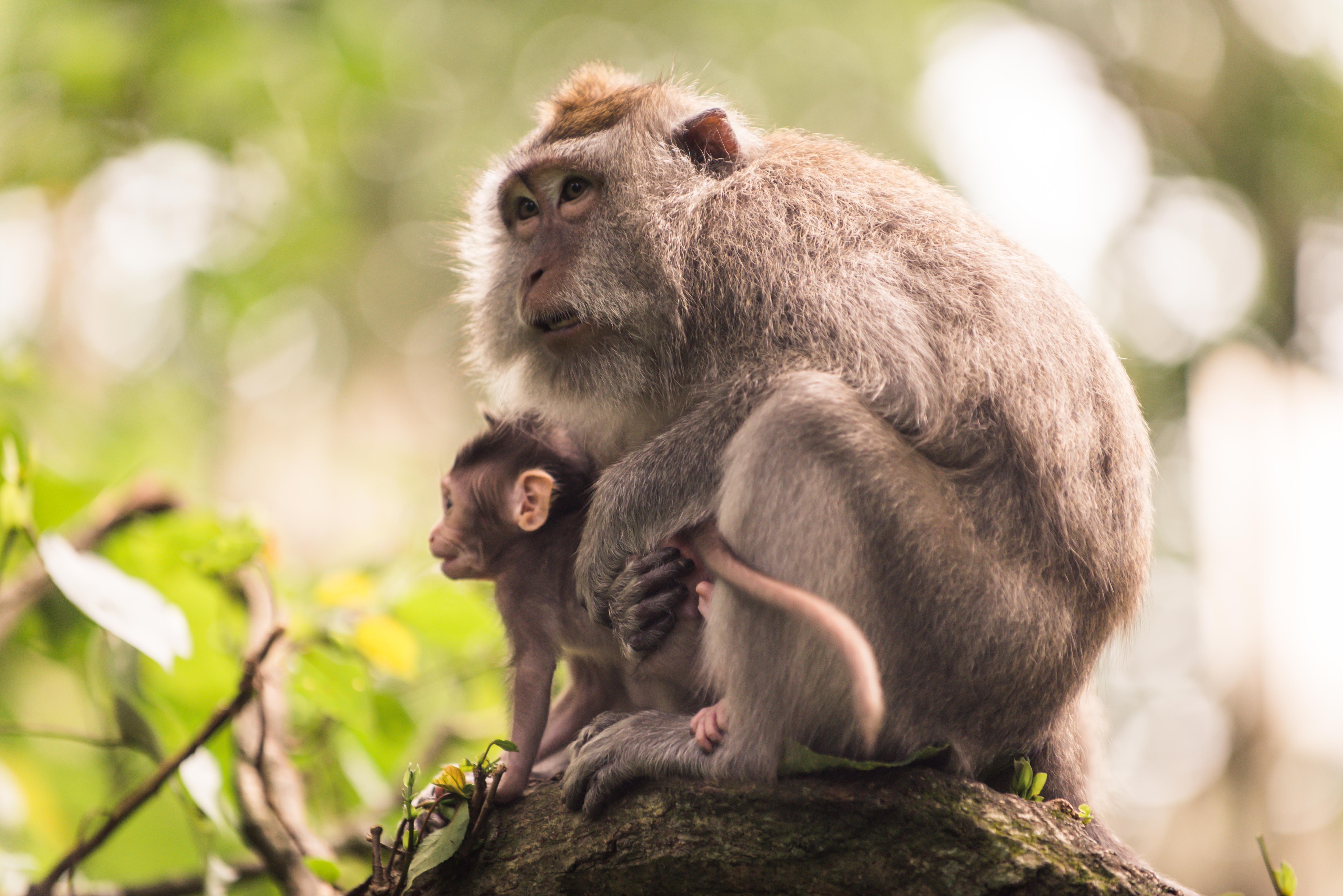
Chimpanzees—sharing about 98% of their DNA with humans—exhibit mourning behaviors that are strikingly similar. When a chimpanzee dies, particularly a young one, the mother often carries the body for days, showing signs of distress and confusion. The group may gather around the deceased, grooming and inspecting the body, as if trying to understand the loss. In some cases, chimpanzees have been observed to sit in silence—a rare behavior for such typically vocal animals—suggesting a deep reflection or sadness. These rituals indicate that chimpanzees experience grief in a way that is remarkably similar to humans, highlighting the emotional connections within their social groups.
4. Magpies
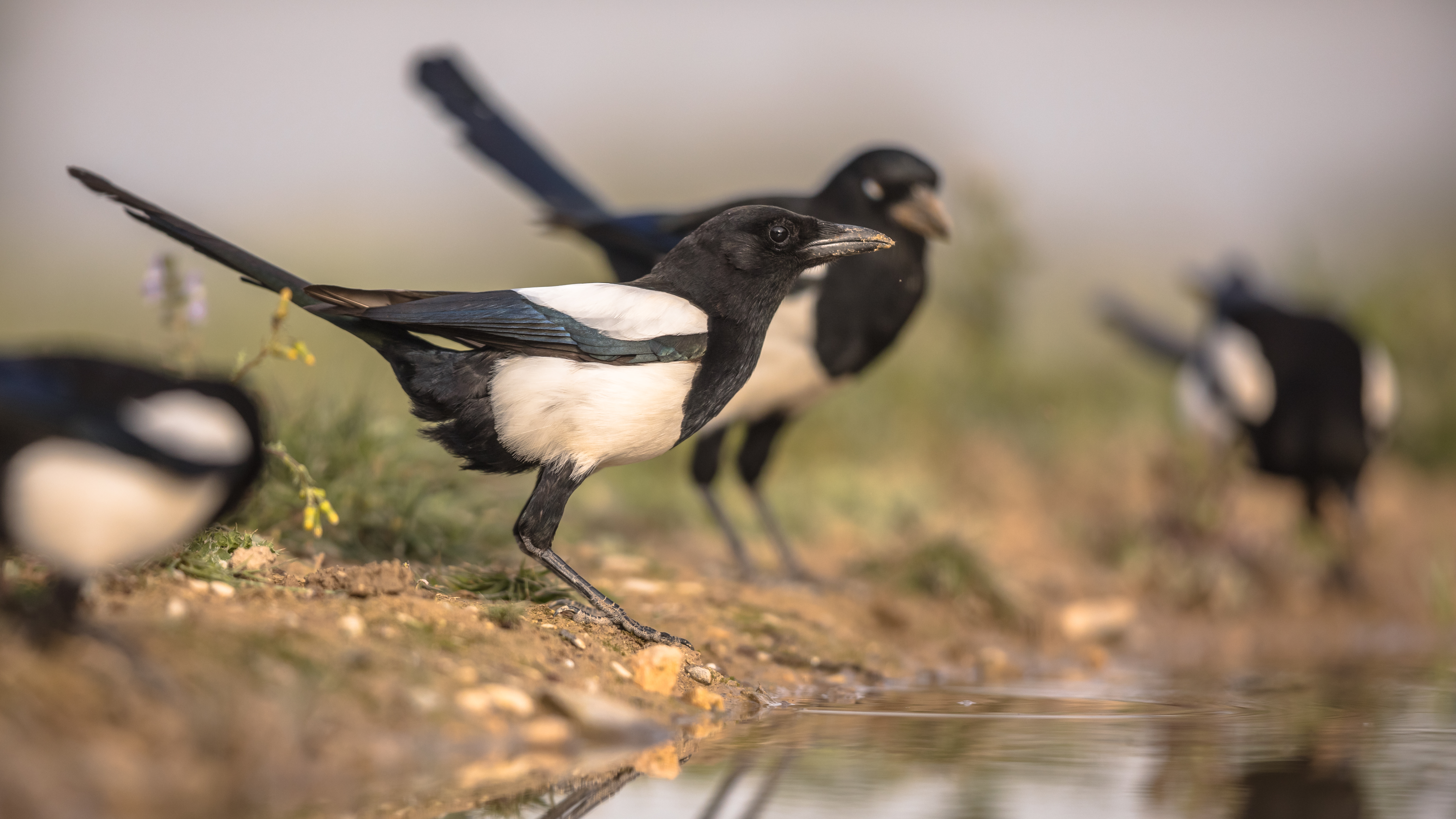
Magpies, known for their intelligence and social behavior, also demonstrate mourning rituals. When a magpie dies, others gather around the body, sometimes bringing grass or twigs as if to form a makeshift burial. This behavior, often accompanied by subdued vocalizations, suggests a communal response to loss. Their gathering may serve as a way to reinforce social bonds and provide comfort to the grieving. These rituals also highlight the magpies' capacity for empathy and social cohesion, reflecting the emotional depth and complexity of their interactions.
5. Giraffes
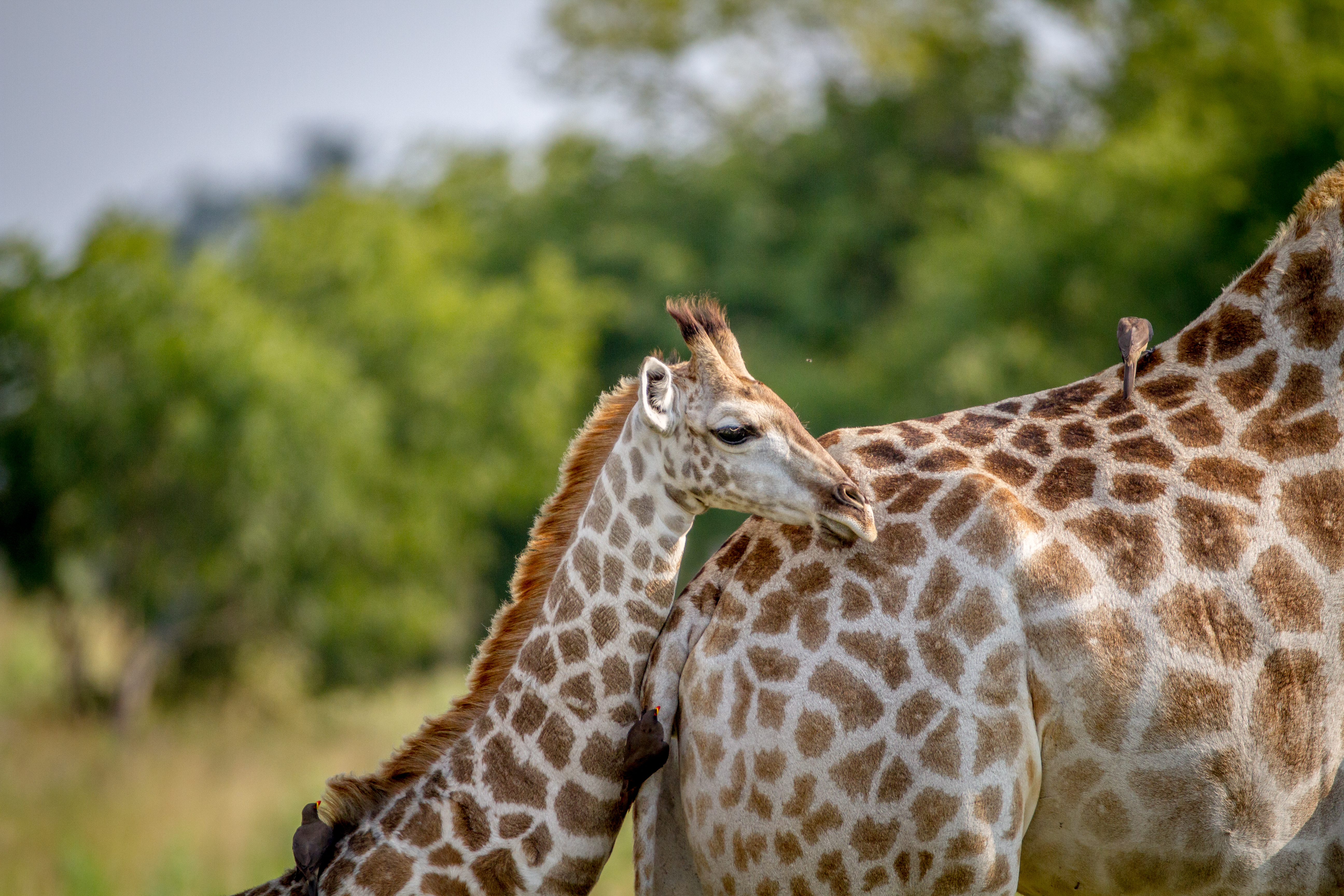
Giraffes, with their towering presence and gentle demeanor, exhibit subtle yet poignant mourning behaviors. When a member of their group dies, giraffes have been observed standing vigil over the body, sometimes for several days. They may nuzzle or lick the deceased, as if trying to offer comfort or express their grief. This behavior is even more mournful when a young one dies. The mother giraffe often nudges their dead calf, standing silently by its side for long durations. Researchers believe that since giraffes have long gestation periods, the mother may take that much longer to grieve. This silent vigil is a testament to the strong social bonds within giraffe groups and their capacity for empathy. The quiet dignity of their mourning rituals reflects a deep, unspoken understanding of loss and the enduring impact it has on their social structure.
6. Wolves
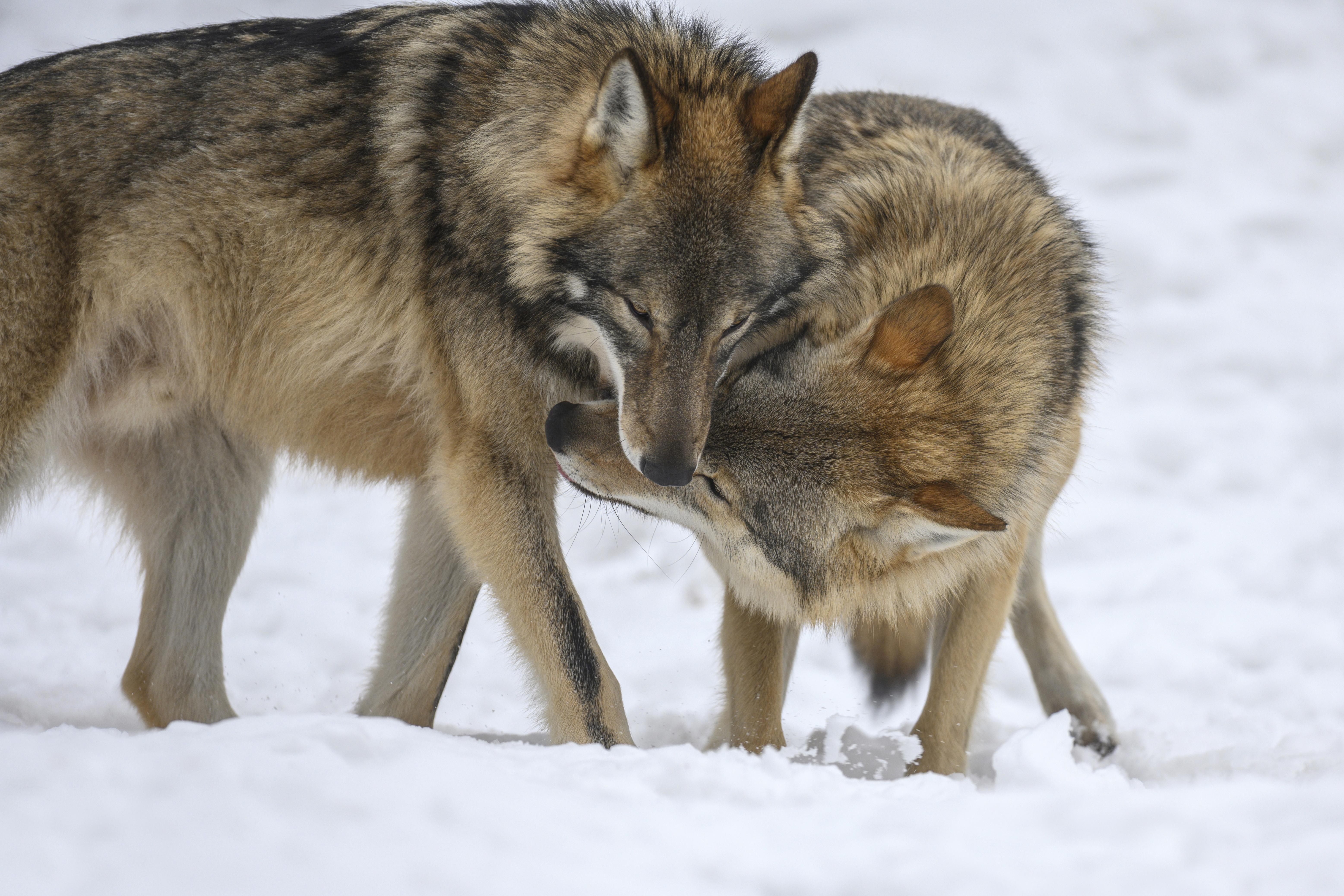
Wolves, known for their strong pack dynamics, also display signs of mourning when a member dies. The loss of a pack member, particularly an alpha or a close companion, can disrupt the social order and emotional stability of the group. Wolves have been observed howling mournfully, as if calling out to the lost member. The pack may also exhibit changes in behavior, such as lethargy or decreased appetite, indicative of their grief. These mourning rituals show the profound impact of loss on their tight-knit social structure, particularly at an individual level.
7. Orcas

Orcas, or killer whales, are highly social animals with complex family structures. When an orca dies, particularly a calf, the pod often displays behaviors that suggest mourning. Mothers have been seen carrying their dead calves for days, refusing to let them sink into the depths. The pod may slow down, staying close to the grieving mother, offering support through physical contact and vocalizations. In one instance, researchers observed that a mother orca kept her dead calf's body afloat for 17 days, diving each time it sank to retrieve it, finally giving up after 400 hours in a display of intense grief. These behaviors show the strong familial bonds within orca pods and their capacity for empathy and emotional depth. The mourning rituals of orcas serve as a poignant reminder of the universal nature of grief in the animal kingdom.
8. Cats
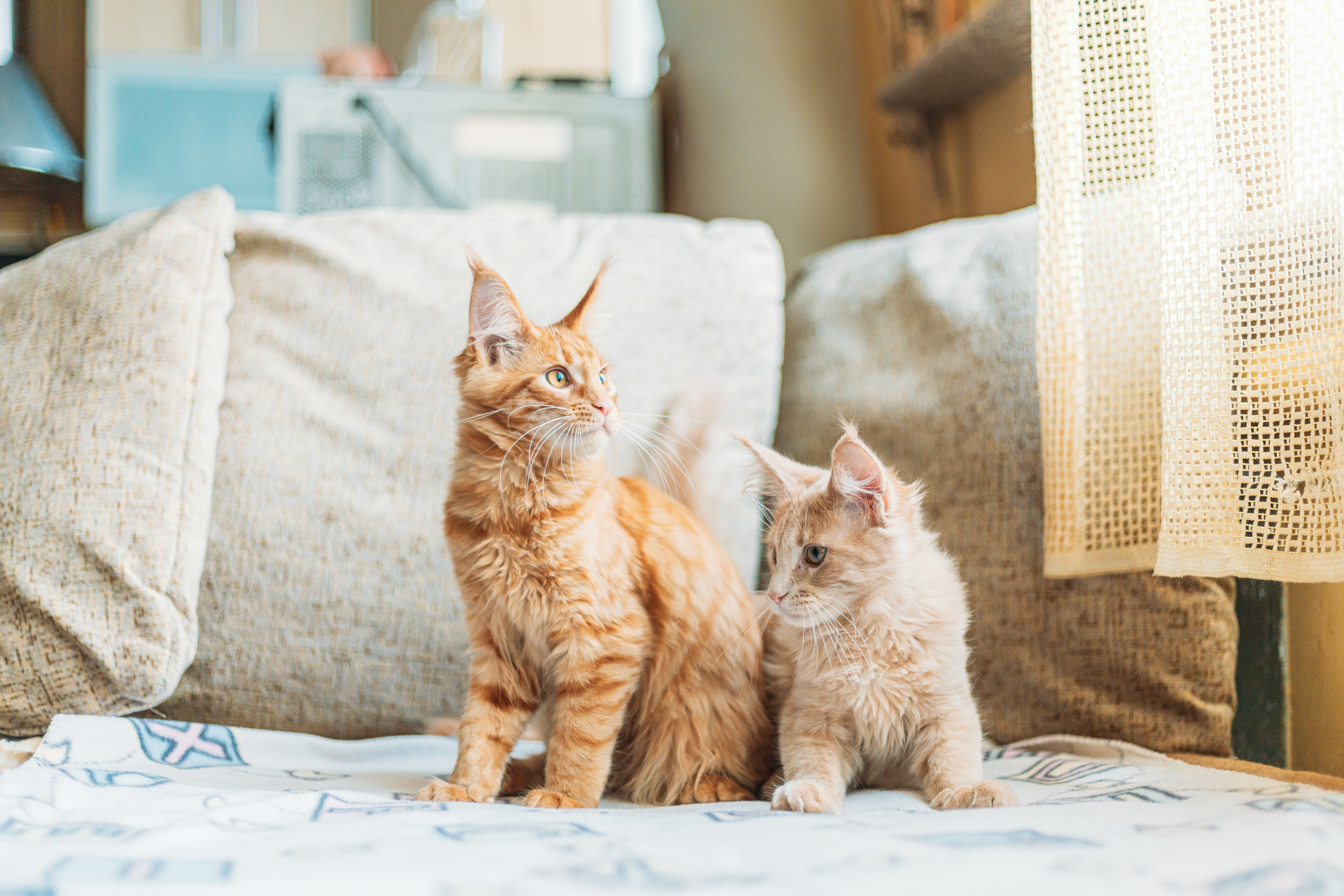
While domestic cats are often perceived as solitary and independent, they too exhibit signs of mourning when they lose a companion. Cats may search for the deceased, meowing plaintively or refusing to eat. They might spend more time in areas where the deceased cat frequented, as if waiting for their return. Changes in behavior, such as increased aggression or withdrawal, can also indicate grief. These subtle mourning rituals reflect the deep bonds cats form with their companions—whether human or feline—and their capacity for emotional depth despite their independent nature.
9. Dogs

Dogs, known for their loyalty and companionship, often grieve deeply when they lose a loved one. Whether it is a human family member or one of their own, dogs exhibit signs of depression—such as lethargy, loss of appetite, and changes in sleeping patterns—at their loss. They may also search for the deceased, whining or howling in distress. The strong bonds dogs form with their companions are evident in their mourning behaviors, reflecting their capacity for empathy and emotional connection. These rituals serve as a testament to the enduring bond between dogs and their loved ones, showing the profound impact of such loss on their well-being.
10. Horses
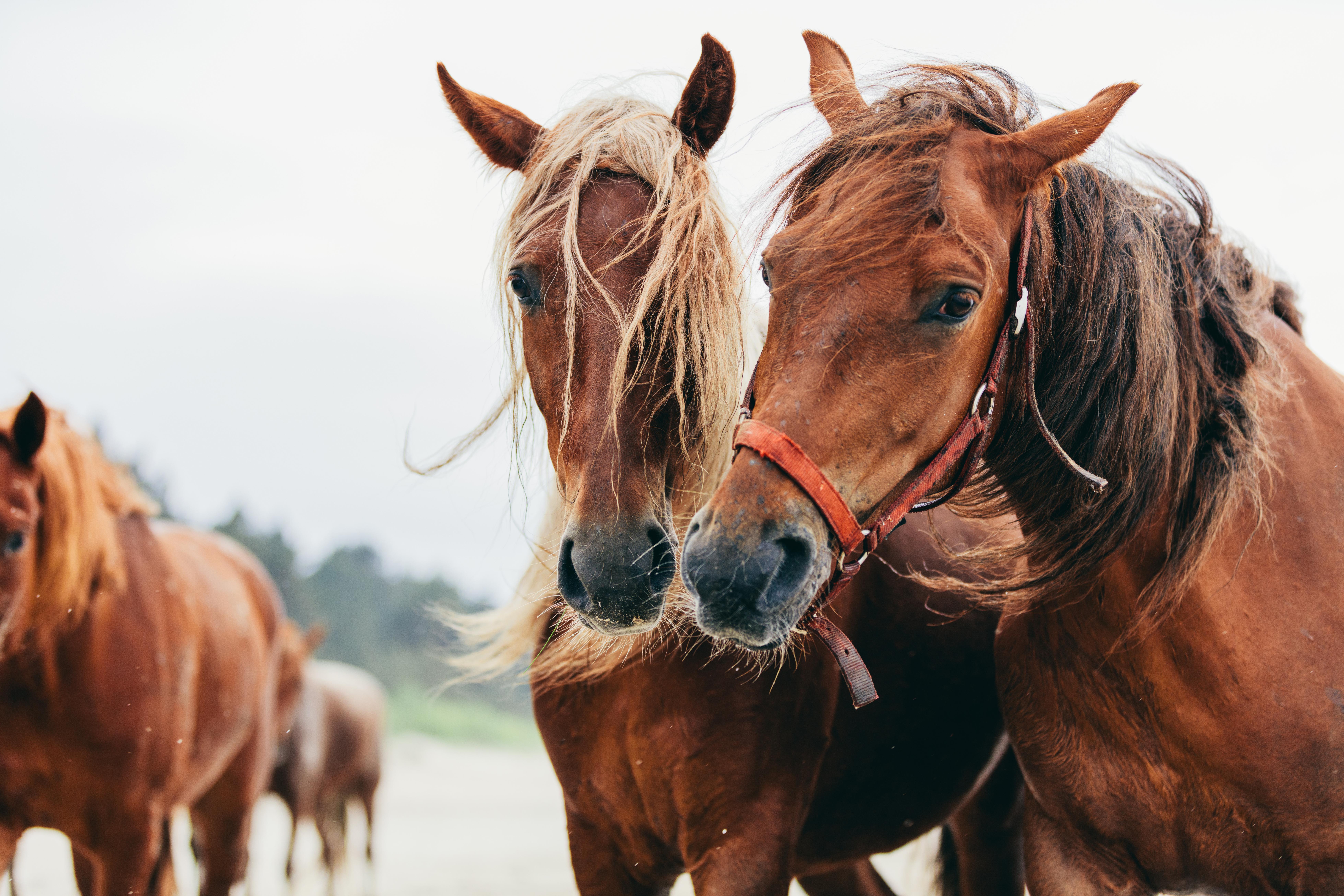
Horses, with their strong herd instincts and social bonds, also exhibit mourning behaviors when a member dies. They may stand vigil over the body, nuzzling or licking the deceased as if trying to offer comfort. Changes in behavior—such as decreased appetite or restlessness—can indicate grief. The loss of a herd member can disrupt the social dynamics, leading to increased stress and anxiety within the group. The mourning rituals of these animals, in general, reveal a shared experience of grief that transcends species. From the gentle giants of the savannah to the intelligent dwellers of the sea, each animal exhibits unique behaviors that reflect their emotional connections and social structures. By exploring these rituals, we gain a deeper understanding of the animal kingdom and the universal nature of grief. These insights challenge us to reconsider our perceptions of animals and their emotional lives, fostering a greater appreciation for the complex and interconnected world we inhabit.







